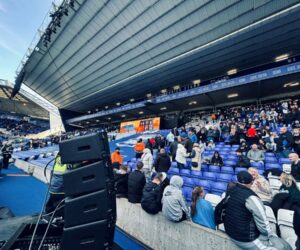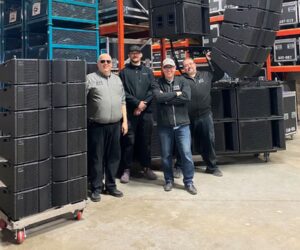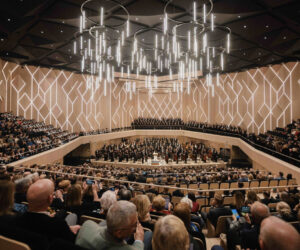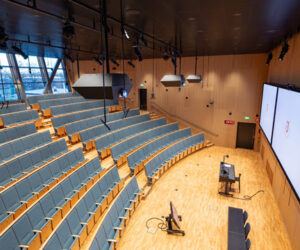Romain Delahaye, a.k.a. Molécule, is an electronic music producer who specializes in music created entirely in-situ, no matter how harsh the conditions.
In fact, all the sounds on his latest album, -22.7° C, were recorded during a five-week stay in a small fishing village in Greenland, and now he’s taken on the technical challenge of transposing the sounds of these harsh environments to live mix concerts, adopting L-ISA Immersive Hyperreal Sound technology in this quest.
“Being a pioneer is demanding. Not only does it require a great deal of time and involvement, it means working with reliable partners who are willing to listen,” explains Delahaye, who found a reliable partner in Hervé Déjardin, a sound engineer working at Radio France, specialized in immersive audio. Déjardin who guided the producer in his quest for a solution that could meet his demands, and who advised him to implement L-ISA to optimize his audience’s musical experience.
According to the artist, the teams from L-Acoustics L-ISA Labs provided assistance in resolving the long list of technical challenges raised by his ambitious undertaking. It was through Guillaume Le Nost, L-ISA R&D Director, that Déjardin and Delahaye discovered L-ISA, first visiting L-Acoustics headquarters in Marcoussis, in the suburbs of Paris, for a period of pre-production. They tested the multiple creative possibilities afforded by L-ISA spatialization and object-based mixing within the L-ISA Controller.
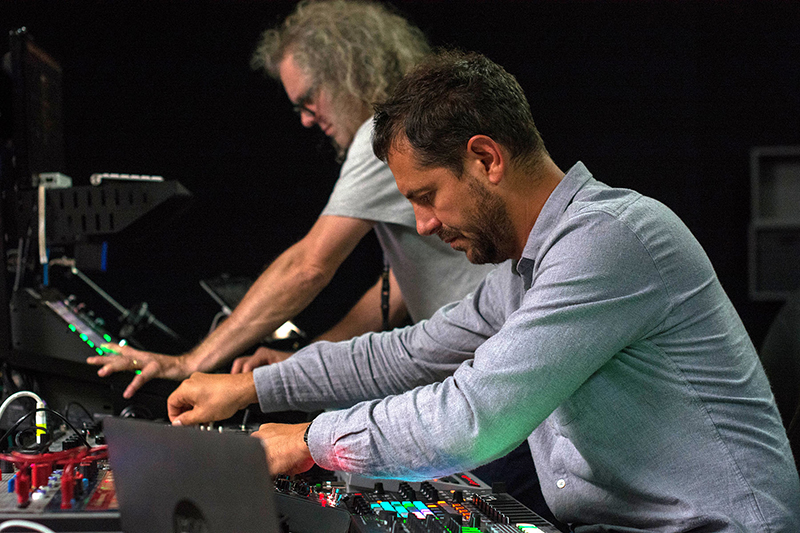
In fact, in spatializing music for the set, Molécule went beyond simply adjusting the balance of various sources; he relied on Déjardin to create several snapshots and automations needed to produce the show’s recurring movements, such as moving the sound of a snare drum in a circle around the audience, making a layer of sound bounce off two virtual walls like a ping pong ball, and using L-ISA technology to fire off random sound movements, such as sending out a sound to the right, making it cross the hall back to the left, stop in the middle, bounce off an invisible wall, and then another to attenuate it.
The result of this immersive exploration was brought to the audience at Molécule’s first live mix using L-ISA late last year at the Rex Club, a landmark of the Parisian electronic music scene. L-Acoustics Certified Provider Melpomen also worked closely with the Radio France teams on this operation.
Representing the installation’s centerpiece, the L-ISA Processor can channel up to 96 inputs to 64 outputs. Utilizing an 11.1 configuration of Syva colinear loudspeakers, the production team was able to provide uniform coverage and spatialization. The 140-degree vertical directivity of the Syva loudspeakers proved to be asset for the deployment of L-ISA in a relatively confined space. Bass frequencies were reproduced via two Syva Low loudspeakers and the infrabass frequencies via four KS28 subwoofers positioned throughout the venue.
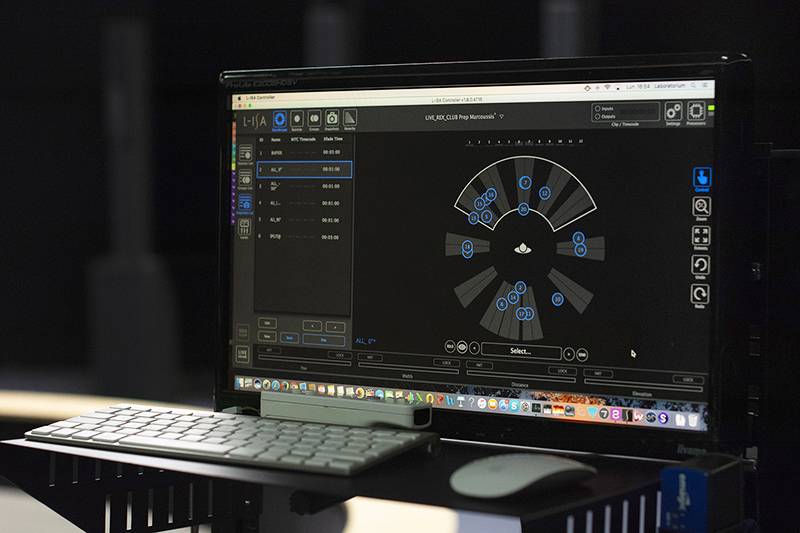
The system was amplified via LA4X amplified controllers; with the KS28 subwoofers powered by an LA12X. This power distribution allowed Delahaye and Déjardin to reproduce the audio dynamics present in the compositions on -22.7° C. The optimal listening area created with L-ISA allowed the artists to dispense with stage monitors since the duo positioned themselves in the middle of the audience so that they too could benefit from their set’s immersive experience.
At the controls of his QL1 console for the evening, Déjardin managed his spatialized mix using the L-ISA Controller software. He was able to adjust, in real time, the positioning and width of each of the 16 sound objects, as well as the distance between the sources. “Using L-ISA technology added a new immersive dimension to my work; the audience had to leave their usual points of reference at the door,” says Delahaye. “With no technical worries, we were able to simply enjoy playing. In the end, our set, initially scheduled for 55 minutes, lasted an hour and 40 minutes. We were the first to engage in this kind of sonic experiment.”






